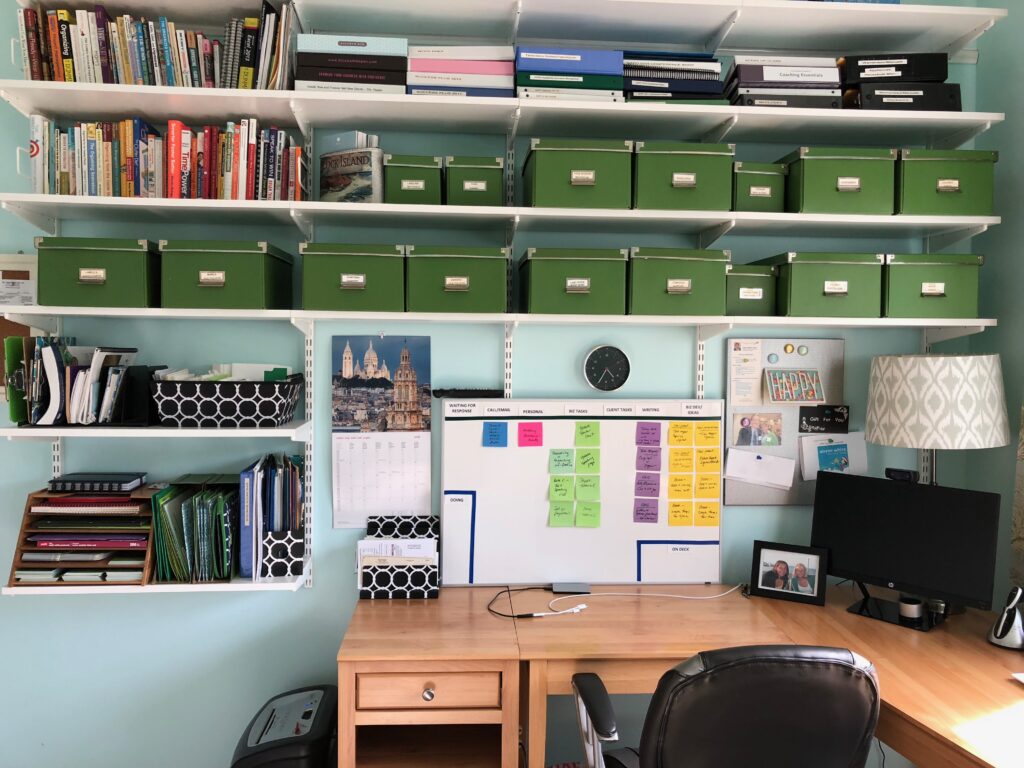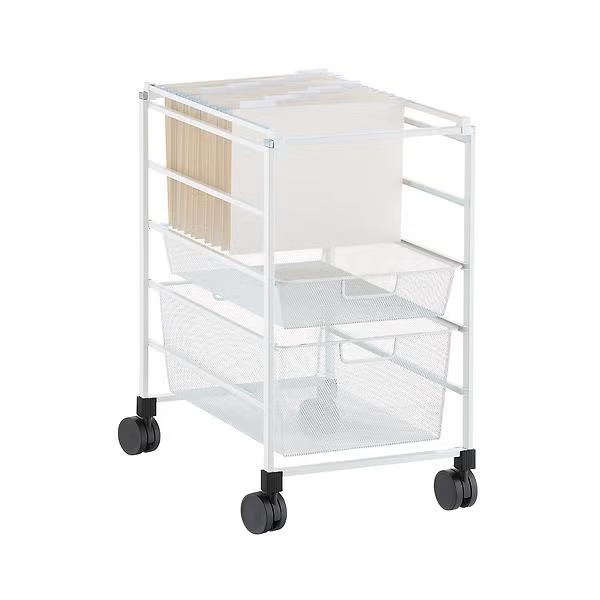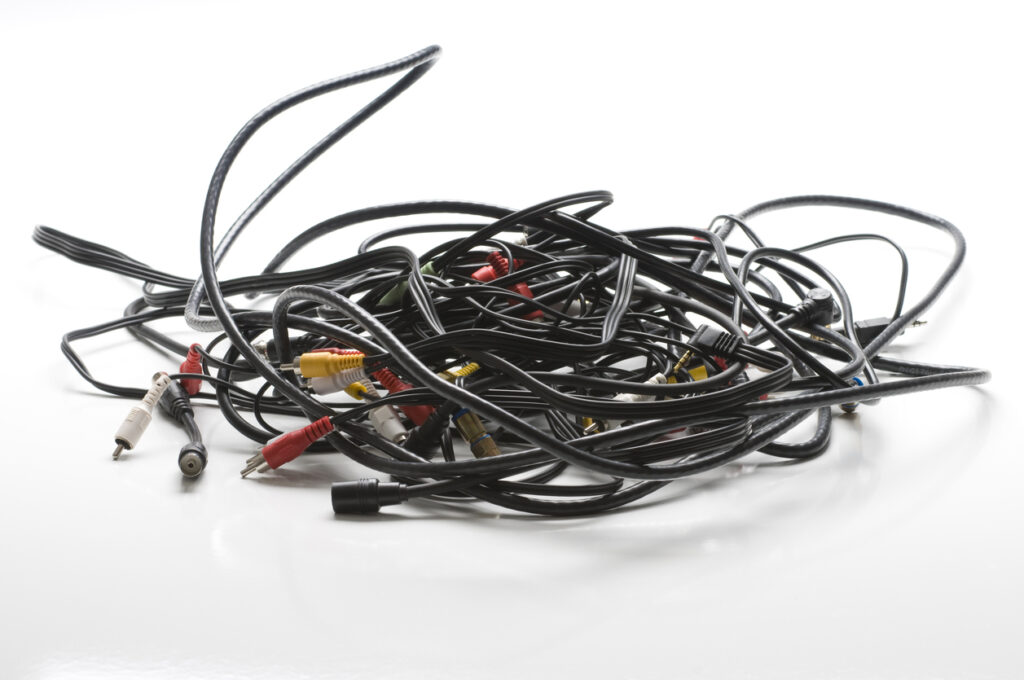When it comes to productivity, size doesn’t always matter—but organization definitely does. If you’re working out of a small office, you may feel like clutter creeps in faster and chaos multiplies quicker. But with a few smart strategies, even the smallest space can become a workspace that promotes focus, efficiency, and calm.
Here’s how to transform your small office into a highly functional workspace—without knocking down walls or adding square footage.
1. Start with a Purge

If you’re working in a tight space, every inch counts. That means it’s time to get honest: Do you really need that second stapler, that broken mouse, or that stack of mystery papers from 2022?
Start by:
- Tossing or shredding anything outdated, broken, or irrelevant
- Relocating items that belong elsewhere (kitchen mugs and kids’ toys, we’re looking at you!)
- Digitizing what you can—think paper files, notes, and receipts
Decluttering gives you space to actually organize. It’s like cleaning out a closet before installing a new shelving system.
2. Think Vertically and Strategically

Wall space is your best friend. Install shelves, pegboards, or wall-mounted organizers to keep supplies accessible but off your work surface. Magnetic boards and file racks can turn vertical space into a command center for to-dos, reference materials, and inspiration.
Keep daily-use items within arm’s reach and store infrequently used supplies up high or out of sight.
3. Choose Furniture That Works Harder
In a small office, furniture can’t just look good—it has to earn its keep. Look for:

- Desks with built-in drawers or shelves
- Rolling file cabinets that tuck under your desk
- Fold-down tables or wall-mounted desks for flexible work surfaces
If you’re in a shared or multi-use room like your dining room or bedroom, consider portable solutions like rolling carts or storage bins with handles that can be easily moved or stashed away.
4. Tame the Cables and Tech Clutter
Even in a digital world, cords can quickly become a tangled nightmare. Use cable clips, zip ties, or under-desk trays to wrangle cords and keep them from eating up valuable desk space.

Also, take inventory of your tech. Do you have duplicate chargers? Devices you no longer use? Reducing tech clutter helps reduce mental clutter, too.
5. Create Zones and Routines
Even in a small office, having defined zones can help you mentally shift between tasks. Try to carve out space for:

- Work zone: Your desk and computer—keep this as clear as possible
- Reference zone: Files, notebooks, or binders you refer to regularly
- Supply zone: Office supplies like pens, paper, and labels
- Thinking zone: A small clear space for brainstorming, journaling, or planning
Combine these zones with simple routines like a five-minute clear-off-your-desk at the end of the day practice, and you’ll keep your small office running smoothly.
It’s Not Just About Space—It’s About Systems
Organizing a small office isn’t about cramming more in—it’s about creating systems that support how you work best. A well-organized space helps you stay focused, reduce decision fatigue, and feel more in control of your day. And remember: a space doesn’t have to be big to make a big impact.
Need help making your small office work smarter? I help professionals transform their workspaces – both at home and at work – into streamlined, stress-free zones of productivity. Let’s talk about how we can bring order to your corner of the world—no matter how small.


